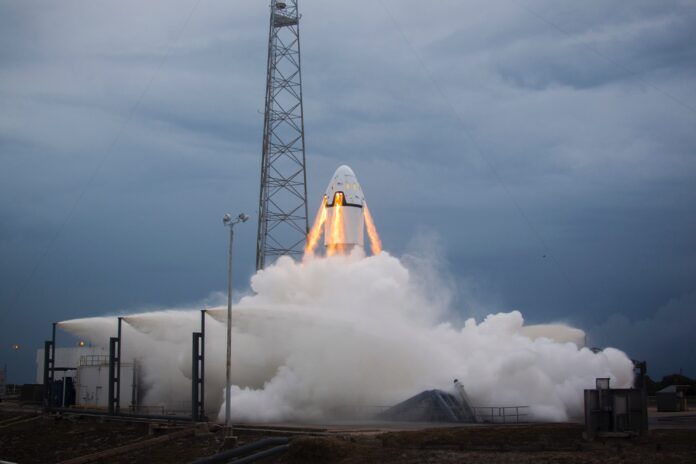For decades, aerospace technology has led the way in innovation, changing how we get around and where we go. Aerospace technology, due to developments in materials, engineering, and software, has altered our everyday routines and our very perspective on the universe. The advancement of aerospace technology, from the creation of supersonic planes to space travel, is changing the face of our globe and influencing the way we move and discover new places. The technological revolution has had a profound effect on our daily lives, and it shows no signs of slowing down.
Benefits of Aerospace Manufacturing
Aerospace manufacturing refers to the construction of airplanes and spacecraft. It’s no secret that the aerospace sector has a major impact on the economy, and that aerospace manufacturing plays a crucial role in that.
1. Improvements in Technology
Manufacturing in the aircraft industry has become more streamlined and affordable thanks to technological developments. As a result, businesses and consumers alike may now enjoy faster production rates and lower overall prices.
2. Creation of New Positions
The aerospace industry employs a wide range of professionals, from scientists and engineers to technicians and factory employees. This sector is essential to the well-being of many regional economies since it offers secure work for a large number of people.
3. Economic Impact
The aerospace industry contributes greatly to the economy since it brings in billions of dollars every year in income. It also encourages technical advancement, which boosts productivity and ultimately the economy.
5 Ways Aerospace Manufacturing Technology is Changing
1. Manufacture with Added Matter
To generate complicated and high-quality parts with decreased weight and enhanced durability, additive manufacturing is profoundly impacting the aerospace sector. Time and money spent on production are both cut down by using this method.
2. Technologies of Robotics and Automation
Automation and robots are being used into aerospace production technologies to improve productivity and quality. The use of robots and other forms of automated processing allows factories to boost output while decreasing labor expenses, waste, and defects.
3. High-Tech Materials
The aerospace sector is undergoing fast transformation due to the widespread usage of cutting-edge materials like composites, molded foam and metals. These materials are perfect for use in aircraft construction because of their superior toughness, longevity, and resilience to high temperatures.
4. Big Data and Analytics
Big data and analytics are being used into aerospace manufacturing technologies to aid in decision making and process optimization. Data analytics in real time allows businesses to spot inefficiencies, cut down on waste, and boost output.
5. Virtual and Augmented Reality
When it comes to aerospace production, VR and AR are reshaping the design, build, and testing processes. Thanks to these technologies, there is less room for error and more room for efficiency gains, which allow engineers and technicians to see, model, and test items before they are created.
Why Technological Innovations are Necessary For Any Business
In today’s commercial world, technology can no longer be ignored. In order to maintain their competitive edge in today’s market, businesses must constantly adapt to the shifting technological landscape. You’ll delve into the reasons why a company’s success and expansion are dependent on cutting-edge technology.
1. Meeting Customer Expectations
Customers in the modern era of technology want novel and easy-to-use products and services. With customers’ expectations always rising, businesses need to use technology to keep up.
2. Effort Improvement
The introduction of cutting-edge technology has the potential to improve the productivity and cost-effectiveness of commercial operations. Technology such as automation, robots, and artificial intelligence may assist firms in running more smoothly and cheaply.
3. Advantage Over Rivals
Companies that don’t adapt to changing market conditions by embracing new technology run the danger of being left in the dust. Businesses may get a leg up on the competition and maintain a technological lead if they are willing to adopt new technologies.
Conclusion
The aerospace industry has profited greatly from technological development. It has resulted in a dramatic improvement in productivity and product quality, as well as a reduction in manufacturing costs. The aerospace sector is undergoing a dramatic shift that has far-reaching implications for society, from the introduction of lightweight materials to the widespread usage of 3D printing technology. Businesses in this field, which relies heavily on technological innovation, must adapt to survive. Investing in technology has several positive outcomes for a company, including more output with lower overhead and happier clients. The aerospace sector has a bright future, and we can anticipate even more thrilling innovations that will transform the market and our daily lives in unfathomable ways.
















